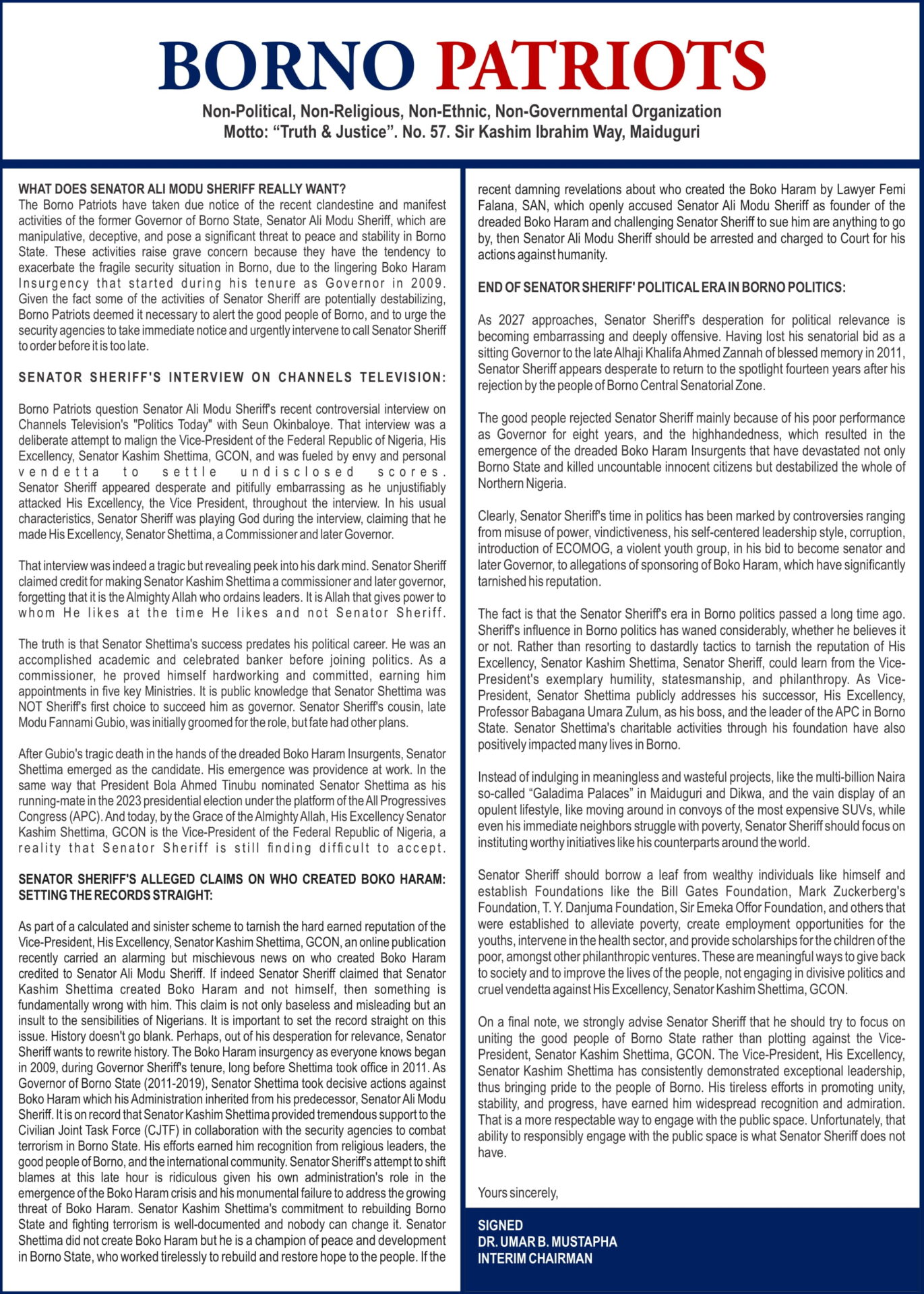HAWAII’s governor says he expects to see “significantly higher numbers” of fatalities in the coming days, as the death toll rises to 102.
Additional expert support has been deployed to the island of Maui, where forensic work is continuing to find victims of the devastating wildfires.
Hundreds of people are still unaccounted for days after the fires first broke out.
Many more remain in emergency shelters after fleeing from the flames.
While the wildfires are now largely under control, efforts to fully extinguish them are continuing in parts of the island, including around the historic town of Lahaina, which has been devastated.
Jeremy Greenberg, a senior official at the Federal Emergency Management Agency (FEMA), has told the BBC that extra support being sent included urban search and rescue, and fire suppression teams.
“The absolute number one priority is survivor safety,” he said.
Mr Greenberg added that while close to 1,000 people are still yet to be contacted, some of these may be safe but out of reach for a number of reasons.
Hawaii Governor Josh Green visited Maui on Saturday and told reporters the tragedy “will certainly be the worst natural disaster Hawaii ever faced”.
“It may be the worst fire that America ever faced.”
Sniffer dogs trained to detect bodies have been looking for signs of corpses under the rubble in Lahaina. So far, they have covered only 3% of the search area but more dogs will be joining the recovery operation.
Maui County’s police chief, John Pelletier, said it is too early to appreciate the scale of the mission to recover and identify bodies, some of which have been incinerated.
There have also been reports of bodies being found around the local harbour, where people have been pulled out alive.
It is thought that more than 2,000 buildings have been damaged or destroyed since the fires broke out. The majority of these were homes in the Lahaina area.
The main road to Lahaina was briefly re-opened to residents on Saturday, before quickly being closed again.
The Kahakuloa road is open, but locals say it’s far too dangerous to attempt to drive that way. The road – known simply here as “the backroad” to Lahaina – is barely wide enough for one car, has many hair-pin turns, and a steep drop-off.
“We can’t drive this truck there. It’s a cliff,” said resident Ruth Lee who was stuck in traffic trying to bring supplies to her family that stayed behind.
Residents are furious about the decision to keep the main road closed to the potentially homeless survivors.









